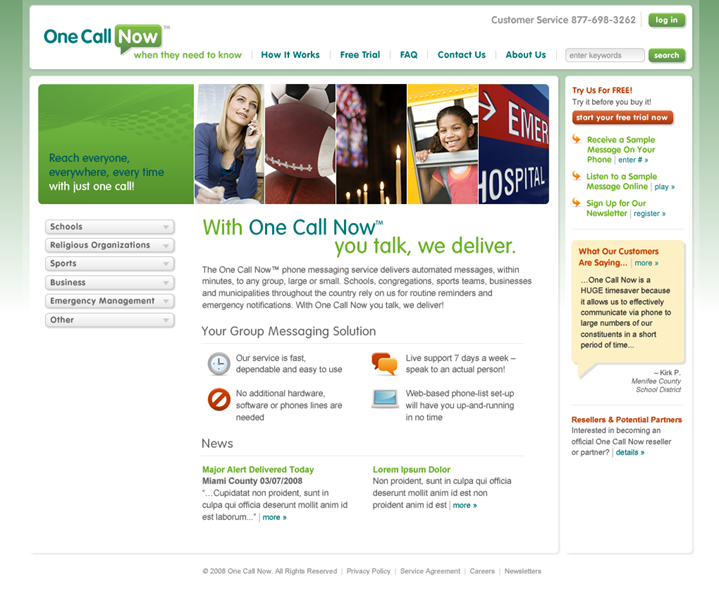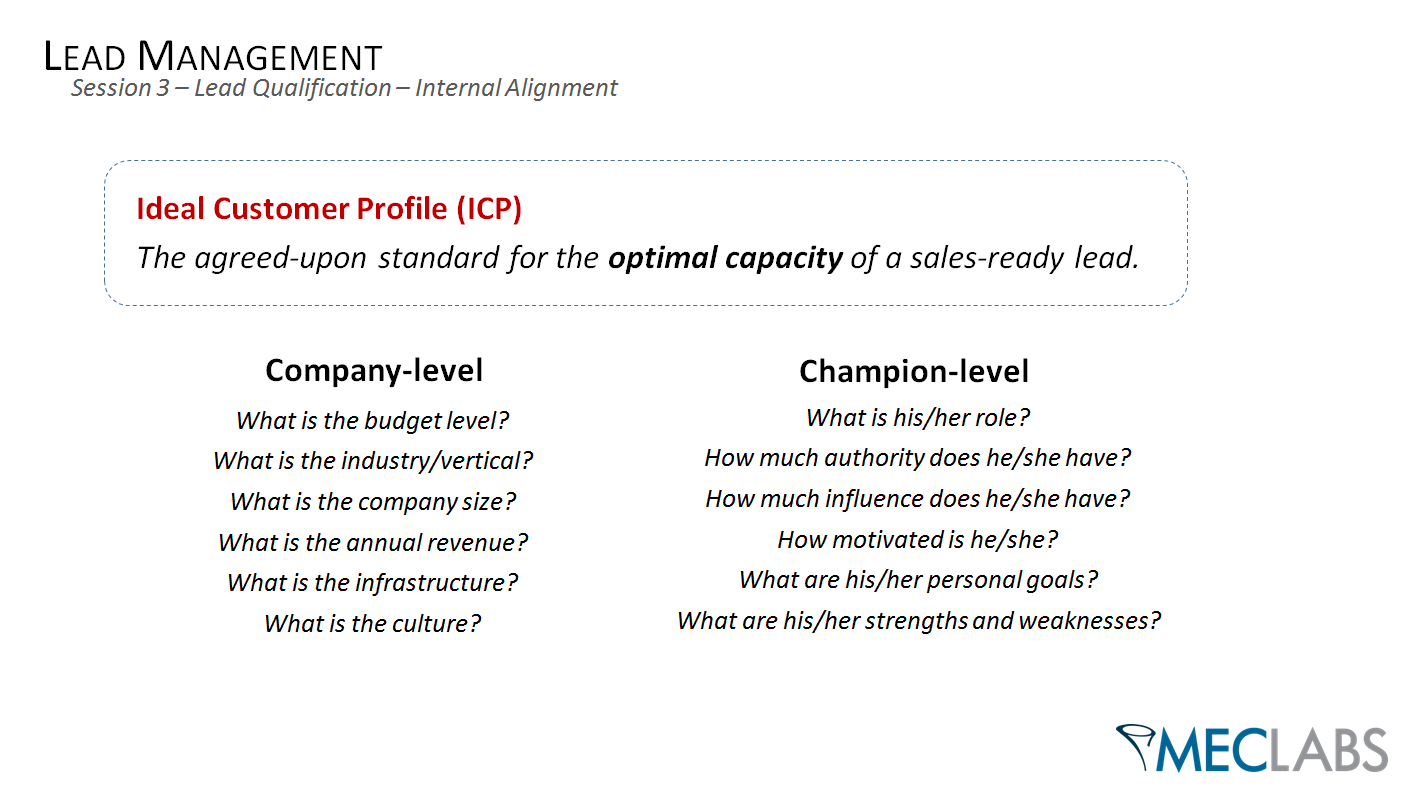Now, Go and Do: Create standardized, well-understood metrics for your organization
Originally published on B2B LeadBlog
Last week’s MarketingSherpa Email Newsletter case study — Marketing Analytics: How a drip email campaign transformed National Instruments’ data management — covered an issue that affects many marketers in the digital marketing world: drowning in data that is potentially inaccurate.
National Instruments, a global B2B company with a customer base of 30,000 companies in 91 countries, developed a drip email campaign around its signature product.
The campaign was beta tested in three key markets: United States, United Kingdom and India.
After the test was completed, the program rolled out globally.
The data issue came up when the conversion metrics dropped. The beta test converted at 8%, the rollout at 5%, and when a new analyst came in to parse the same data set without any documentation on how the 5% figure was determined, the conversion rate dropped to 2%.
For this B2B Lead Roundtable Blog post, I wanted to offer what that team shared with MarketingSherpa to meet, or maybe even avoid, a data management problem.
For the case study, I interviewed Ellen Watkins, Manager, Global Database Marketing Programs; Stephanie Logerot, Database Marketing Specialist; and Jordan Hefton, Global Database Marketing Analyst; all of National Instruments at the time. Ellen’s current title is Global Marketing Ops Training Manager, and both Stephanie and Jordan have moved on to other opportunities.
Here is the insight all three provided on what they learned from a marketing challenge created by the advent of big data.
Create a consensus on data management standards
Ellen had some straightforward advice for marketers looking to improve data handling and reporting.
“First, have the hard conversation in advance,” she said. “Identify and define what it is you’re doing. What is the conversion to customer? And when does that start to [happen] and when does that end? And, for us, there was a lot of restarting analysis [on] this date and ending it on this date.”
For documentation, Ellen said it was key to have one version of the truth behind the data, and also to have a single definition of the report to ensure alignment across the enterprise.
Understand the tech tools
Jordan, as an analyst, added it’s important for marketers to understand the limitations of the systems and tools that are in place. Ask questions about what is possible from a reporting standpoint.
It’s possible that as a marketer, you’ll be able to maximize the potential of the technology by requesting particular reporting metrics from your analysts.
Stephanie said to make sure you prepare your stakeholders for the changes that accompany a shift in the way data is parsed.
“The numbers might look a little bit scary,” she said. “Just be ready to explain why they are the way they are, and that you are getting more targeted, more relevant data.”
Communicate with stakeholders
Stephanie explained that it’s important to be able to communicate to those stakeholders who most likely are not familiar with the processes that produced those metrics, and then also to trust the numbers that are provided by the people doing the analysis.
She said just being able to provide internal stakeholders with solid, consistent reporting was a major key to success.
Documentation is paramount, according to Jordan, because it’s “so important to leave a trail of bread crumbs so that you understand it — if you go back a year later, anyone on the team can pick up on the information that you put together and be able to decipher it.”
Ellen said, “My big picture takeaway is the impact of the data. Not only the impact to business, but the impact to the decisions that we’re making. The impact in the trust of our stakeholders. It really is impressive to see the value that it’s bringing.”
You might also like
Analytics: How metrics can help your inner marketing detective [More from the blogs]
Marketing Research Chart: Top data analysis challenges for landing page optimization [MarketingSherpa Chart of the Week]
Marketing Analytics: 4 tips for productive conversations with your data analyst [More from the blogs]
Marketing Analytics: 20% of marketers lack data [More from the blogs]














